¿Qué es el Valor tonal en el dibujo?
El valor tonal es uno de los elementos más fascinantes y fundamentales en el arte del dibujo. Es la magia que da vida a tus creaciones, transformando simples líneas en obras llenas de profundidad y emoción. En este artículo, nos sumergiremos en el apasionante mundo del valor tonal, descubriendo cómo este concepto puede elevar tus ilustraciones a un nivel completamente nuevo.
Prepárate para un viaje lleno de sombras y luces, donde aprenderás a dominar la escala de grises, experimentarás con diferentes materiales y descubrirás técnicas que harán que tus dibujos cobren vida. ¿Estás listo para desatar todo tu potencial artístico? ¡Sigue leyendo y descubre los secretos del valor tonal!
Por Patricio Castillo
El valor tonal: La clave para dar vida y profundidad a tus dibujos
Imagina que estás frente a un lienzo en blanco. Tienes tu lápiz en la mano y una idea brillante en tu mente. Pero, ¿cómo logras que esa idea bidimensional cobre vida y salte del papel? La respuesta está en el valor tonal.
El valor tonal en el dibujo es, esencialmente, el grado de claridad u oscuridad de un color. Es el elemento que nos permite crear la ilusión de volumen, profundidad y atmósfera en nuestras creaciones. Piensa en ello como el lenguaje secreto de las sombras y las luces, un código que, una vez descifrado, te permitirá comunicar emociones y realismo en tus obras como nunca antes.
Para comprender las diferencias de valor, los artistas suelen utilizar una escala de grises. En esta escala, el blanco puro y el negro intenso componen los extremos, mientras que una variedad de tonos grises se ubican entre ambos. Esta herramienta es fundamental para cualquier artista que busque dominar el arte del sombreado y llevar sus ilustraciones al siguiente nivel.
Cuando estás empezando en el mundo del dibujo, es común que la mayoría de tus trabajos sean en blanco y negro. Esto no es una limitación, sino una oportunidad para dominar el uso de los valores tonales. Al trabajar exclusivamente con grises, aprendes a ver el mundo en términos de luz y sombra, una habilidad que será invaluable cuando decidas aventurarte en el mundo del color.
Los valores en los dibujos son el índice de la luz y el equivalente de la luminosidad de los colores en las superficies. Son la clave para crear la ilusión de tridimensionalidad en un medio bidimensional. Con el dominio de los valores tonales, puedes hacer que un simple círculo parezca una esfera, que un rectángulo se convierta en un cilindro, y que tus personajes parezcan saltar del papel.
La escala de grises: Tu mejor aliada en el dominio del valor tonal
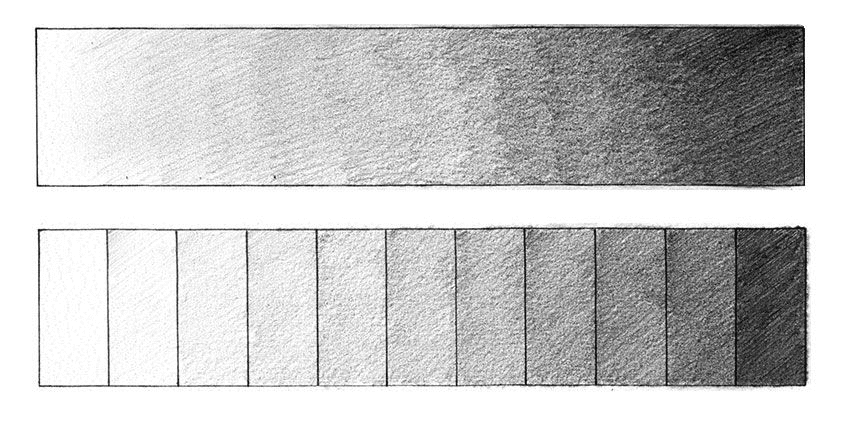
Domina la escala de grises y desbloquea tu potencial artístico
La escala de grises es para el artista lo que la escala musical es para el músico: una herramienta fundamental para desarrollar la técnica y la sensibilidad. Practicar la escala de grises no es solo un ejercicio técnico; es un viaje de descubrimiento que te permitirá ver el mundo con nuevos ojos.
Imagina que estás frente a un paisaje. Sin la habilidad de percibir y reproducir valores tonales, ese paisaje sería plano, sin profundidad ni atmósfera. Pero con un dominio de la escala de grises, puedes capturar la suave neblina de la mañana, la intensidad de las sombras al mediodía, o la sutil luz del atardecer. Aquí encontrarás recursos para perfeccionar tu manejo de la luz y la sombra en tus ilustraciones.
Las escalas de grises suelen variar en extensión, pudiendo tener desde 5 hasta más de 10 tonos diferentes. La estructura básica generalmente comienza con el blanco puro, el valor más claro y luminoso. A partir de ahí, se van introduciendo los grises intermedios claros, aquellos que se acercan más al blanco pero ya muestran un toque de sombra.
En el centro de la escala, encontramos los grises intermedios. Estos son los tonos más desafiantes y fascinantes, pues mantienen un equilibrio perfecto entre la luz y la oscuridad. Dominar estos tonos intermedios es crucial para crear transiciones suaves y realistas en tus dibujos.
Continuando hacia el extremo oscuro, tenemos los valores intermedios oscuros. Estos son los grises que comienzan a acercarse al negro, perfectos para crear sombras profundas y añadir drama a tus composiciones. Finalmente, llegamos al negro extremo, el punto final de nuestra escala.
Cada uno de estos valores tiene su lugar y propósito en el dibujo. Los valores claros pueden representar las áreas más iluminadas o los puntos de máximo brillo. Los valores intermedios son ideales para representar la transición entre luz y sombra, creando volumen y forma. Los valores oscuros, por su parte, añaden profundidad y contraste, dando a tus dibujos ese toque de dramatismo que puede hacer la diferencia entre una obra buena y una extraordinaria.
Un consejo valioso para dominar la escala de grises
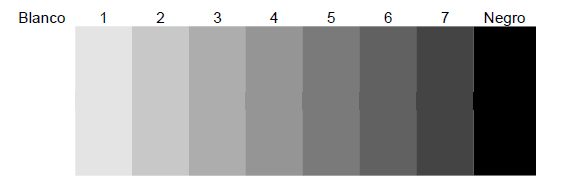
Dominar la escala de grises puede parecer un desafío, pero con el método adecuado, puede convertirse en un proceso fluido y gratificante. Uno de los métodos más efectivos y prácticos para generar una escala de grises desde el blanco hacia el negro, sin problemas entre los pasajes de valor, es el siguiente:
- Comienza dividiendo tu escala en un número de 5 o más celdas. Este número puede variar según tu nivel de experiencia y la complejidad que desees alcanzar.
- Deja el primer casillero completamente blanco. Este representará el valor más claro de tu escala.
- Comenzando desde la segunda celda, pinta suavemente con el mismo registro todos los casilleros restantes. En esta etapa, estás creando tu primer valor de gris, muy cercano al blanco.
- Una vez completado ese primer pasaje, ubícate en el tercer casillero. Ahora, con un poco más de presión, pinta todo el resto de la escala desde este punto. Estás creando tu segundo valor de gris, ligeramente más oscuro que el anterior.
- Repite este proceso, aumentando gradualmente la presión, hasta llegar al extremo negro en la última celda.
La clave de este método está en concentrarse en generar pasajes graduales. Esto te permitirá tener una variedad ordenada de grises claros, intermedios y oscuros. Con práctica, lograrás transiciones tan suaves que parecerán fundirse entre sí, creando una escala de grises perfectamente graduada.
Este ejercicio no solo te ayudará a mejorar tu control sobre el lápiz o la herramienta que estés utilizando, sino que también entrenará tu ojo para percibir sutiles diferencias de valor. Es una habilidad que te será invaluable cuando trabajes en proyectos más complejos, permitiéndote crear ilustraciones con una profundidad y realismo impresionantes.
Recuerda, la práctica hace al maestro. No te desanimes si tus primeros intentos no son perfectos. Cada vez que repitas este ejercicio, notarás mejoras en tu control y en tu capacidad para distinguir y reproducir diferentes valores tonales. ¡La constancia es la clave del éxito en el arte del dibujo!
Ejercicios prácticos para dominar el valor tonal
La teoría es importante, pero la verdadera maestría viene con la práctica. Aquí te presento una serie de ejercicios que te ayudarán a desarrollar tu habilidad con los valores tonales. Estos ejercicios no solo mejorarán tu técnica, sino que también expandirán tu creatividad y tu capacidad para ver el mundo en términos de luz y sombra.
1. Escalas de grises con diferentes materiales
Existen diferentes tipos de escalas, con mayor o menor número de valores. Las más usuales comprenden entre 5 y 10 variedades de grises. Aunque generalmente en el dibujo se trabaja con material negro sobre un soporte blanco, es recomendable experimentar con todas las posibilidades y diferentes materiales. Aquí tienes algunas ideas:
- Escala con material negro sobre hoja blanca (Ejemplo: Pluma y tinta negra sobre papel blanco)
- Escala con material blanco sobre hoja negra (Ejemplo: Lapicera blanca sobre papel negro)
- Escala con material blanco y negro sobre hoja gris (Pastel tiza blanco y carbonilla sobre hoja para tiza pastel color gris)
Cada material te ofrecerá una experiencia única y te enseñará diferentes aspectos del manejo de los valores tonales. Explora aquí más técnicas y materiales para expandir tus habilidades artísticas.
2. Aplicación práctica de la escala de grises
Una vez que hayas realizado con éxito una serie de escalas, es momento de utilizar la misma variedad de grises en tus dibujos. Intenta lo siguiente:
- Elige un objeto simple, como una esfera o un cubo.
- Dibuja el contorno del objeto.
- Utilizando los valores de tu escala de grises, comienza a sombrear el objeto, prestando atención a cómo la luz incide sobre él.
- Usa los valores más claros para las áreas más iluminadas y los más oscuros para las sombras más profundas.
- Utiliza los valores intermedios para crear transiciones suaves entre luz y sombra.
Este ejercicio te ayudará a entender cómo los diferentes valores tonales pueden crear la ilusión de volumen y tridimensionalidad en un dibujo bidimensional.
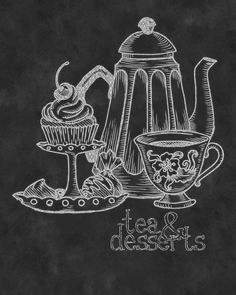
El valor tonal y su relación con el color
Aunque hemos estado hablando principalmente de blanco, negro y grises, es importante entender que el concepto de valor tonal se extiende también al mundo del color. Cada color tiene su propio valor tonal inherente, lo que significa que incluso en una composición a todo color, los principios del valor tonal siguen siendo cruciales.
Por ejemplo, el amarillo tiene un valor tonal naturalmente claro, mientras que el violeta tiende a ser más oscuro. Sin embargo, esto no significa que estos colores estén limitados a un solo valor. Cualquier color puede recorrer toda la escala de valores, desde el más claro hasta el más oscuro, simplemente añadiendo blanco o negro.
Entender esta relación entre color y valor tonal es fundamental para crear ilustraciones vibrantes y equilibradas. Te permite jugar con el contraste no solo en términos de color, sino también de luz y oscuridad. Descubre cómo aplicar estos principios para crear ilustraciones impactantes.
Técnicas para generar variedad de grises con diferentes materiales
Cada material artístico tiene sus propias características y requiere técnicas específicas para generar una amplia gama de valores tonales. Dominar estas técnicas te dará una versatilidad increíble como artista. Veamos algunas de las más comunes:
Pluma, plumín y microfibras
Con herramientas de punta fina, la variedad de valores tonales se consigue a través del entramado. Este es un proceso fascinante donde el recorrido de las líneas en distintos sentidos, superponiéndose, genera tramas que nuestro ojo percibe como diferentes valores de gris.
- Tramas abiertas (más distancia entre líneas y menos capas) = Valores más claros
- Tramas densas (poco espacio entre líneas y varias capas) = Valores más oscuros
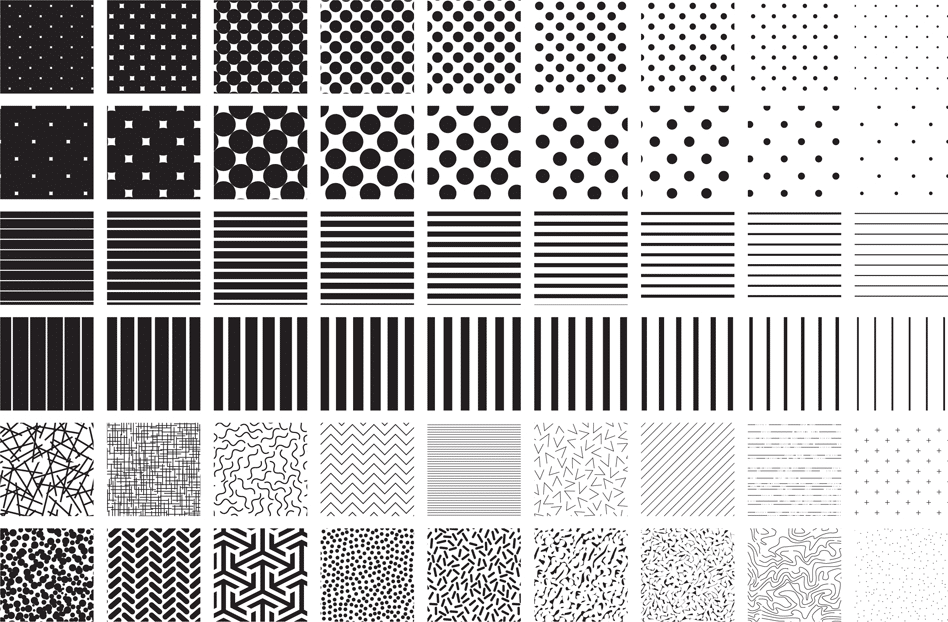
Lápiz de grafito
El lápiz de grafito es quizás uno de los materiales más versátiles para trabajar con valores tonales. La clave está en el control de la presión y en la elección del tipo de lápiz adecuado.
- Utiliza lápices blandos (2B, 4B, 6B, 8B) para trabajos de grises.
- Comienza con un barrido suave para los valores más claros.
- Aumenta gradualmente la presión para lograr valores más oscuros.
- Practica el ajuste fino de tu movimiento para generar un amplio espectro de grises.
Recuerda, la paciencia es clave. Comienza con los valores más claros y ve construyendo gradualmente hacia los más oscuros. Aquí encontrarás ejercicios específicos para mejorar tu técnica con el lápiz.

Pinturas: Acrílicos, témperas y óleos
Con estas pinturas, la clave para conseguir diferentes grises está en el balance entre las proporciones de negro y blanco al momento de mezclar y preparar la paleta. Este proceso es como una danza entre la luz y la oscuridad, donde tú eres el coreógrafo.
- 75% negro + 25% blanco = Gris oscuro
- 50% negro + 50% blanco = Gris intermedio
- 25% negro + 75% blanco = Gris claro
Experimenta con estas proporciones y descubre cómo pequeños ajustes pueden crear una amplia gama de matices. Explora más sobre técnicas de pintura y cómo aplicarlas en tus ilustraciones.
Tinta negra
La tinta negra, especialmente la tinta china, ofrece un negro extremo que puede ser diluido para crear una variedad de grises. Este método es particularmente efectivo para crear ilustraciones con un alto contraste y dramatismo.
- Prepara varios recipientes, uno para cada tono de gris que desees crear.
- Comienza con tinta pura en el primer recipiente.
- Para el siguiente tono, toma un poco de la tinta pura y añade agua con un gotero.
- Repite el proceso, añadiendo más agua cada vez para crear tonos más claros.
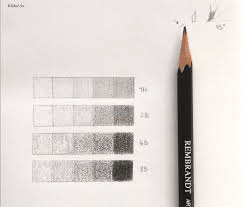
Este método te permite crear una escala de grises precisa y controlada, perfecta para trabajos detallados y atmosféricos. Descubre cómo utilizar la tinta para crear ilustraciones impactantes.
Conclusión: El poder transformador del valor tonal
A lo largo de este artículo, hemos explorado el fascinante mundo del valor tonal en el dibujo. Hemos visto cómo este elemento fundamental puede transformar simples líneas en obras de arte llenas de profundidad, volumen y emoción. Desde la importancia de la escala de grises hasta las técnicas específicas para diferentes materiales, cada aspecto del valor tonal juega un papel crucial en la creación de ilustraciones impactantes.
Recuerda, el dominio del valor tonal no es solo una habilidad técnica; es una forma de ver y entender el mundo que te rodea. Con práctica y paciencia, aprenderás a percibir los sutiles matices de luz y sombra que dan vida a todo lo que vemos. Esta habilidad no solo mejorará tus dibujos, sino que también enriquecerá tu percepción visual en la vida cotidiana.
Te invitamos a que pongas en práctica lo aprendido. Experimenta con diferentes materiales, crea tus propias escalas de grises, y aplica estos conocimientos en tus dibujos. Recuerda, cada trazo es una oportunidad para mejorar y cada sombra es un paso más hacia la maestría artística.
¿Estás listo para llevar tus ilustraciones al siguiente nivel? Haz clic aquí para descubrir recursos adicionales y técnicas avanzadas que impulsarán tu creatividad. El mundo del valor tonal te espera, ¡es hora de sumergirte en él y desatar todo tu potencial artístico!






